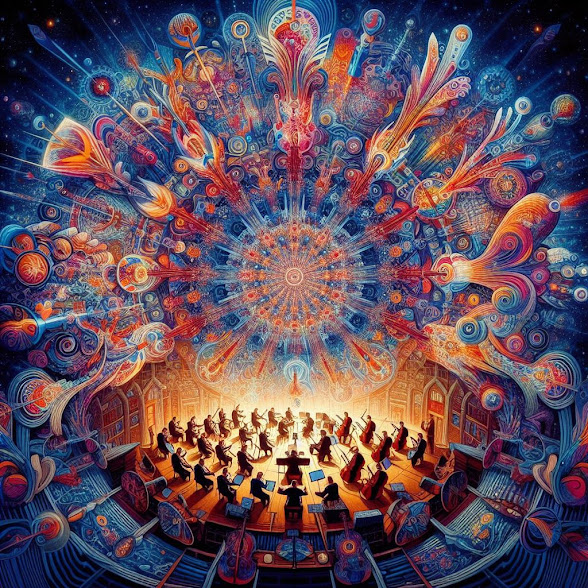“Orchestral performance” refers to the live execution of a musical composition by an orchestra. It involves a group of musicians, known as orchestral players, coming together to play a diverse range of instruments under the guidance of a conductor. This collaborative effort aims to bring the composer's musical vision to life and offer a compelling and expressive rendition to an audience.
Key elements of orchestral performance include:
Conductor: The conductor serves as the leader of the orchestra, interpreting the musical score, shaping the dynamics, and guiding the musicians through tempo changes and expressive nuances.
Musicians: Orchestral musicians play various instruments, such as strings (violins, violas, cellos, double basses), woodwinds (flutes, clarinets, oboes), brass (trumpets, trombones, French horns), and percussion (drums, timpani, cymbals). Each section contributes to the overall sound and texture of the performance.
Rehearsals: Prior to the actual performance, the orchestra undergoes a series of rehearsals led by the conductor. These sessions allow the musicians to familiarize themselves with the composition, address technical challenges, and refine their interpretation.
Venue: Orchestral performances typically take place in concert halls or theatres equipped with suitable acoustics to enhance the sound quality. The venue plays a crucial role in the overall experience for both musicians and the audience.
Program: Orchestral performances often feature a program that includes multiple compositions. The program may showcase a variety of musical styles, historical periods, or highlight the works of a particular composer.
Audience Engagement: The audience plays an integral role in the orchestral performance. Their response, whether through applause, expressions of appreciation, or silence during moments of intensity, contributes to the overall atmosphere of the event.
Orchestral performances provide a unique and immersive experience, allowing audiences to witness the collaborative artistry of skilled musicians and experience the emotional depth and complexity of classical and contemporary music. These events celebrate the rich tradition of orchestral music and continue to captivate audiences around the world.
